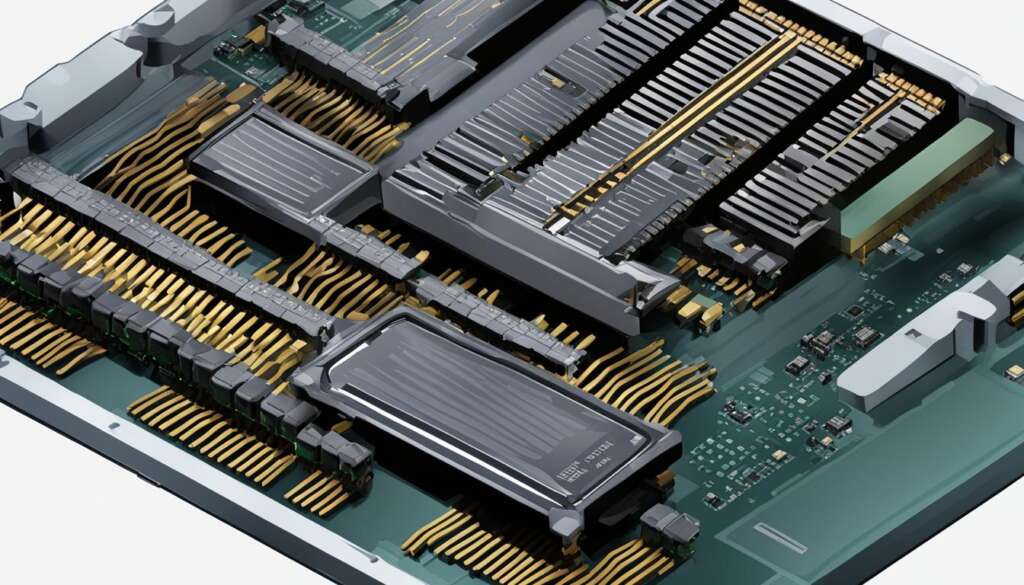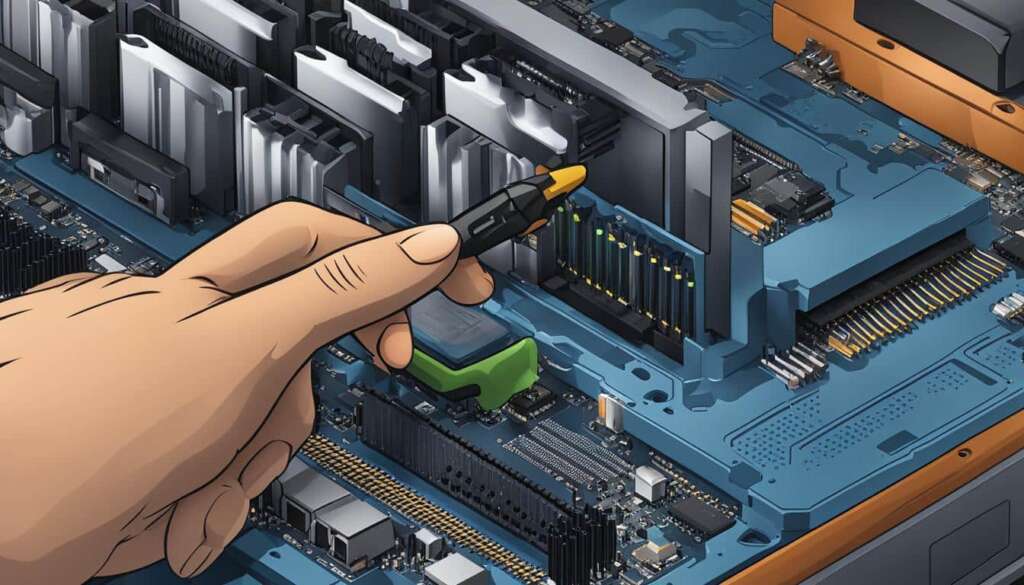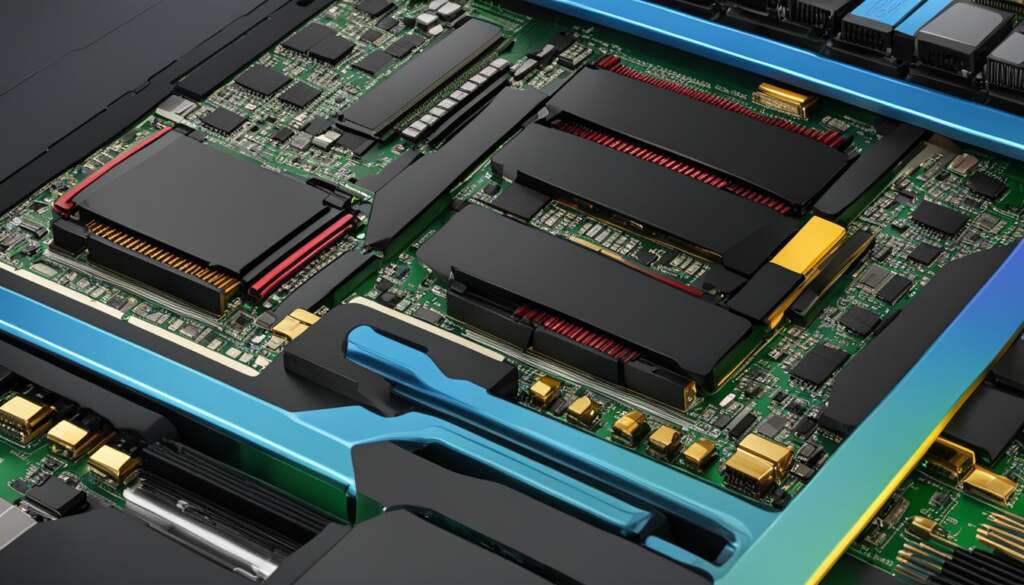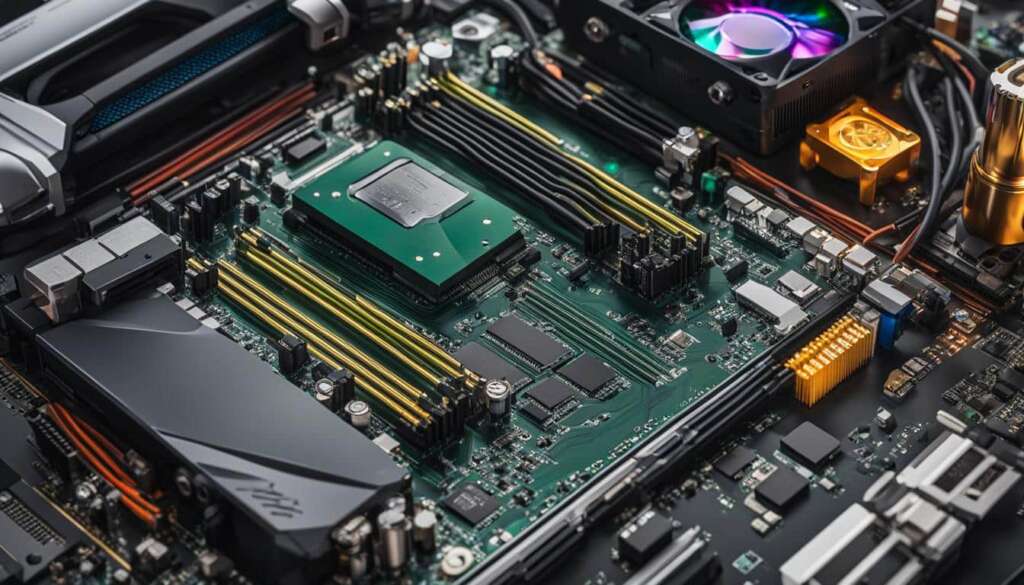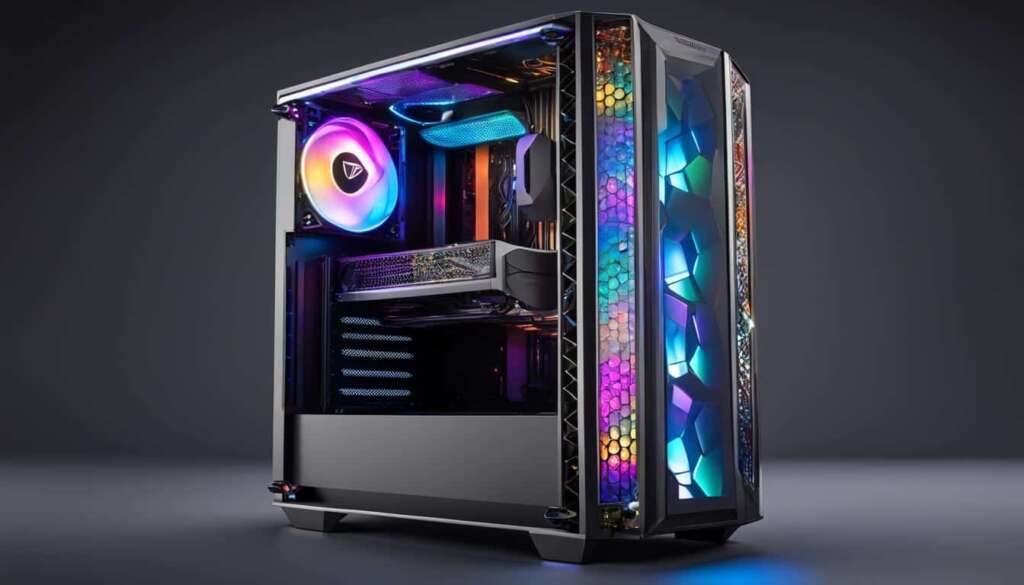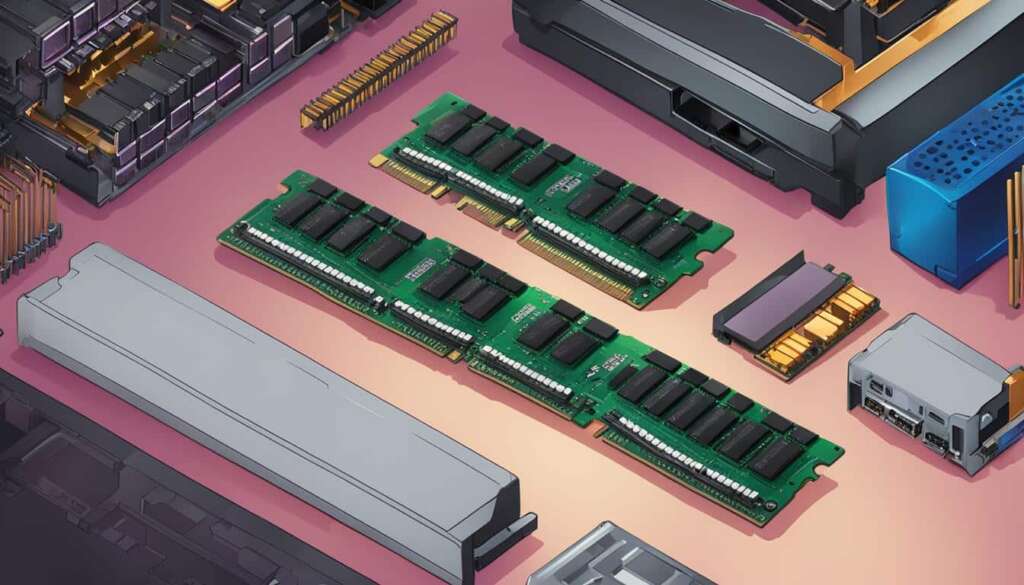Table of Contents
Welcome to our step-by-step guide on how to install Windows 11 on a new PC. Whether you are setting up a brand-new device or upgrading from Windows 10, we’ve got you covered. In this guide, we will walk you through the installation process to ensure a smooth and successful experience.
Before diving into the installation process, the first step is to ensure that your new PC meets the minimum system requirements for Windows 11. This includes having a compatible processor, sufficient RAM, and adequate storage capacity. It’s essential to verify these requirements before proceeding.
If your new PC is currently running Windows 10, Microsoft recommends waiting for a notification through Windows Update that the upgrade to Windows 11 is ready for your device. Alternatively, you can manually check for updates in the Settings menu to see if the upgrade is available.
If you prefer not to wait, you have two additional options. The first is to use the Installation Assistant, which allows you to upgrade to Windows 11 manually. You can find this tool on the official Windows 11 software download page.
The second option is to create Windows 11 installation media, such as a bootable USB drive. By visiting the Windows 11 software download page and selecting “Create tool now,” you can download the installation media creation tool. Follow the instructions to create a bootable USB drive, which can then be used to install Windows 11.
It’s important to note that while Microsoft does not recommend installing Windows 11 on a device that does not meet the minimum system requirements, it is possible to modify the registry settings to bypass these requirements. However, this should be done at your own risk.
Stay tuned for the next sections of our guide, where we will provide detailed instructions on how to install Windows 11 on a new PC from a USB flash drive and without an operating system. Follow along to ensure a successful installation of the latest Windows operating system.
How to Install Windows 11 on a New PC from a USB Flash Drive
To install Windows 11 on a new PC using a USB flash drive, you will need an 8GB or larger USB drive and an internet connection.
Follow these step-by-step instructions:
- Visit the Windows 11 download page and scroll down to the “Create Windows 11 Installation Media” section.
- Click on the Download now button to download the Windows 11 Media Creation Tool.
- Run the tool and accept the terms and notices.
- Choose the language and system edition you want to install.
- Select the USB flash drive as the installation media and click Next.
- Follow the on-screen instructions to create a bootable USB drive with Windows 11.
- Connect the USB drive to your new PC and boot from it by entering the BIOS settings and selecting the USB drive as the first boot option.
- Follow the Windows 11 setup process to configure your preferences and choose the installation location.
- Once the installation is complete, set up Windows 11 during the out-of-box experience.
Image shows the process of installing Windows 11 from a USB flash drive on a new PC.
How to Install Windows 11 on a New PC without an Operating System
If your new PC doesn’t come with an operating system (OS) pre-installed, don’t worry. You can still install Windows 11 using a bootable USB drive, following these simple steps.
First, you need to prepare a bootable USB drive. You can use the Windows 11 installation media creation tool or software like Rufus to create the bootable USB drive.
Next, access the BIOS settings on your new PC and select the USB drive as the first boot option. This will ensure that your PC boots from the USB drive during startup.
Once the PC boots from the USB drive, you will be guided through the Windows 11 setup process. Here, you can configure your preferences and choose the installation location for Windows 11.
After the installation is complete, proceed with setting up Windows 11 during the out-of-box experience. This will allow you to personalize your PC and customize settings according to your preferences.
It’s important to note that if your new PC doesn’t meet the system requirements for Windows 11, you can bypass these requirements by modifying the registry settings. However, this is not recommended and should be done at your own risk.
Alternatively, if you want to transfer Windows 11 from an existing PC to a new PC without a fresh installation, you can use disk cloning or system migration software like MiniTool ShadowMaker and MiniTool Partition Wizard. These tools enable you to clone the entire Windows 11 system and migrate it to your new PC.
FAQ
What are the minimum system requirements for installing Windows 11 on a new PC?
Before beginning the installation process, ensure that your new PC meets the minimum system requirements for Windows 11. You can use the PC Health Check app to verify the requirements if your device is currently running Windows 10.
How can I upgrade to Windows 11 from Windows 10 on my new PC?
If you are upgrading from Windows 10, wait until you receive a notification through Windows Update that the upgrade is ready for your device. Alternatively, you can manually check for updates in the Settings menu.
Can I manually upgrade to Windows 11 on my new PC without waiting for a notification?
Yes, you can use the Installation Assistant to upgrade to Windows 11 manually. This tool can be found on the Windows 11 software download page.
Is it possible to create Windows 11 installation media for my new PC?
Yes, you can create Windows 11 installation media. Visit the Windows 11 software download page and select “Create tool now” to download the installation media creation tool. Follow the instructions to create a bootable USB drive for installing Windows 11.
What should I do if my new PC does not meet the minimum system requirements for Windows 11?
Microsoft does not recommend installing Windows 11 on a device that does not meet the minimum system requirements. However, if you choose to bypass these requirements, you can modify the registry settings at your own risk.



